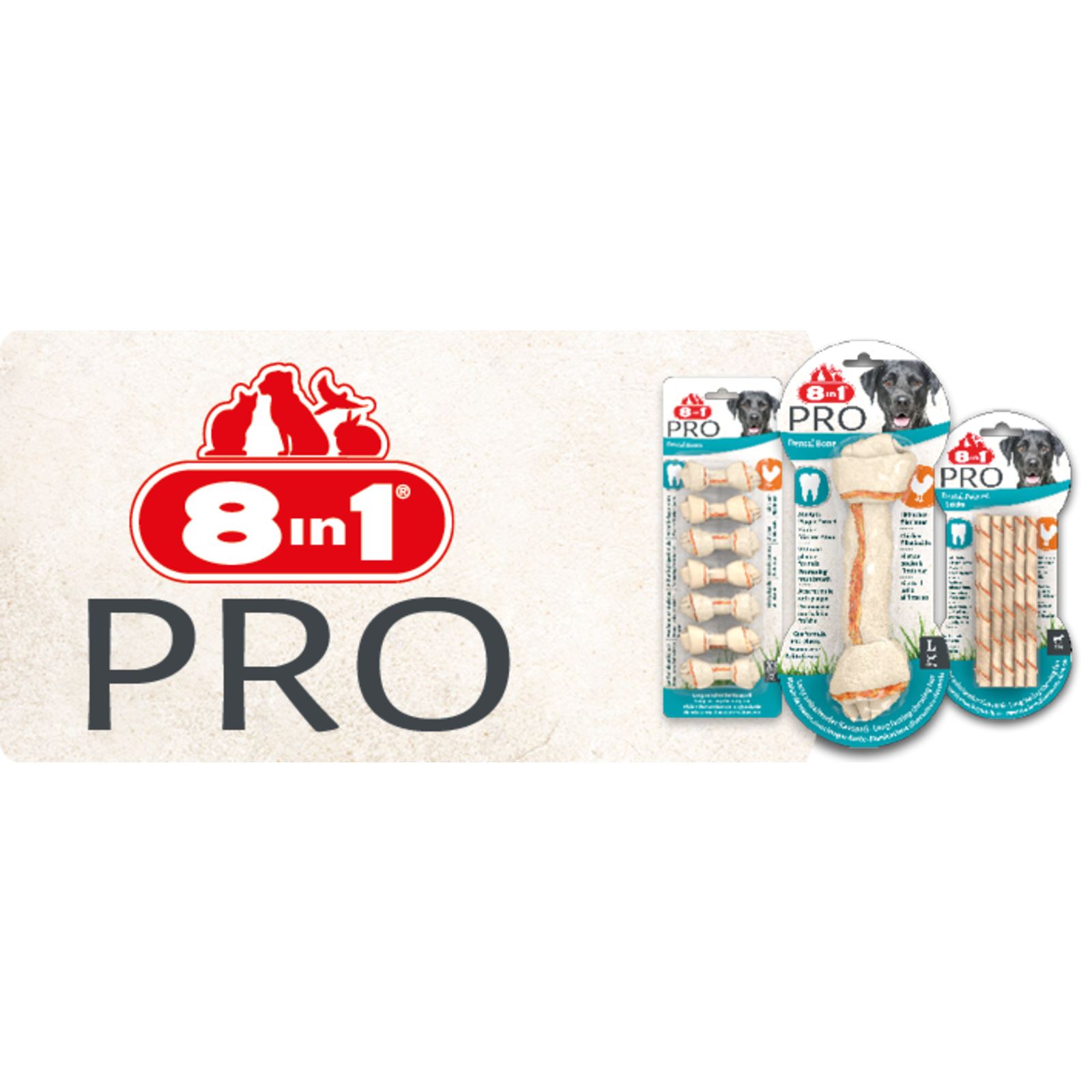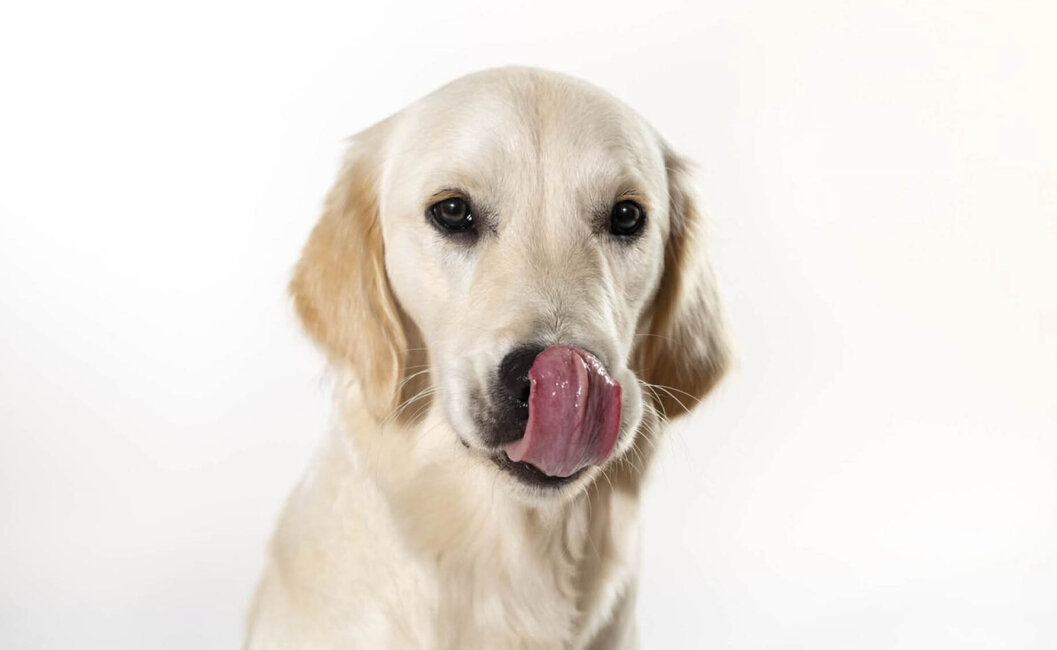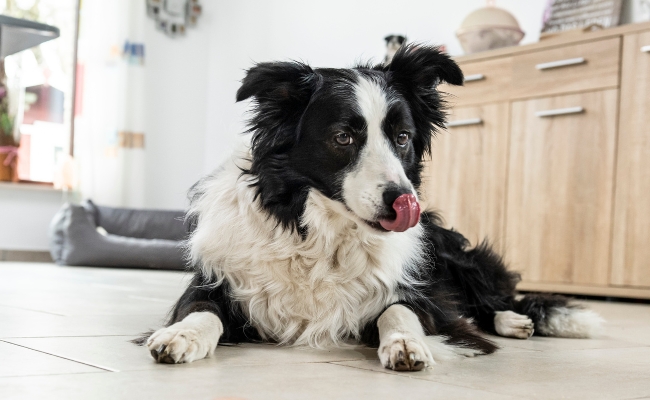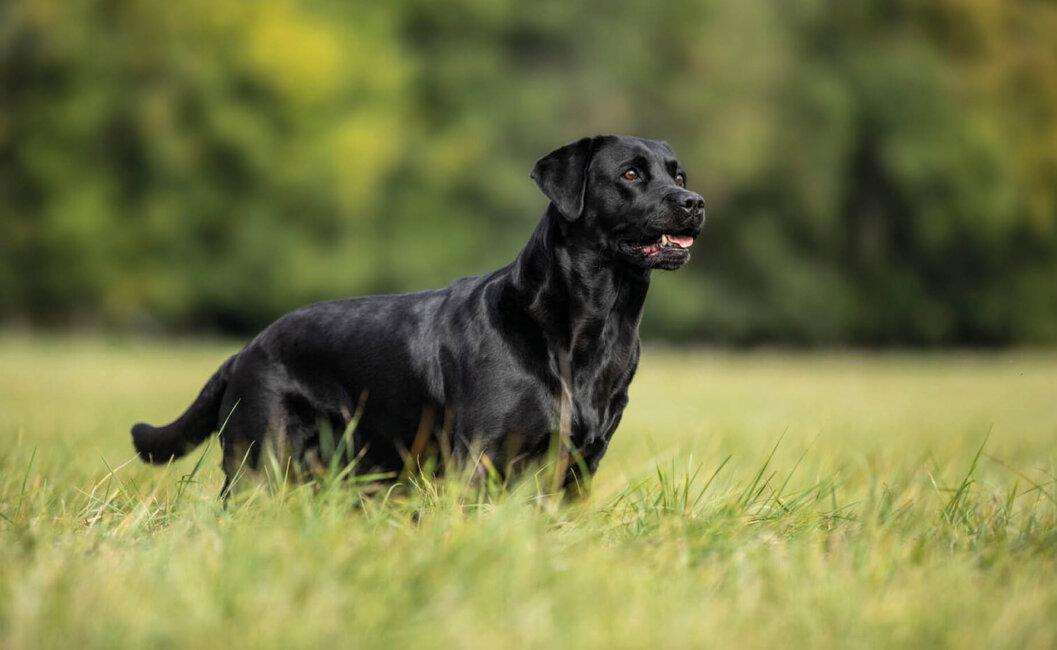


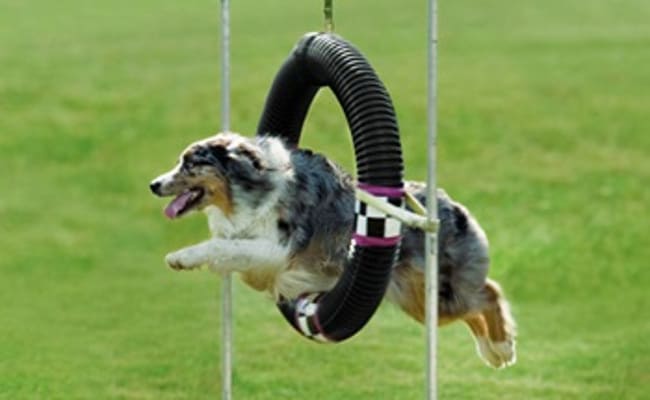
Dog sport is fun for you and your four legged friend
You're looking for a suitable sport for you and your dog, but which type is best for you both? Of course, there's always the option of taking part in agility training, dog races or guide dog exams at your local dog school or dog sports club. But you can also combine your own sport with your four-legged friend's desire to be active. One thing's for sure: your dog needs exercise, but how much and how strenuous should it be?
The right sport for your dog depends on his breed, age and physical condition
The type of exercise that is good for your dog depends partly on the body structure which is characteristic for his breed, but also on the age of your dog and his current physical condition. Large, long-legged dogs are certainly recommended to have several long walks a day, plus various other activities where they can get a really good workout. However, this amount and type of exercise would most likely be too much for smaller dogs. For this reason, when planning an activity, you should always remember that both you and your dog should get enjoyment out of it. If you overexert him, this can have as harmful an effect on his health as too little exercise. You should therefore take particular care when exercising puppies or older dogs.
The following tips will help you organise your leisure time and give you a few ideas for activities that you can do together with your dog.
- Jogging with your dog
- Cycling with your dog
- Hiking with your dog
- Keeping fit at the beach and in the water
- Playing frisbee with your dog
Jogging with your dog
Do you like jogging and have a large, long-legged dog? Then why not take him with you and see whether you and your dog both enjoy it! Start by going for short, easy distances on level ground. Once you notice that your dog is not completely dog-tired afterwards, you can gradually start increasing the distance and duration of your jog. Regardless of how long you jog for, always remember that your dog also gets thirsty. It is therefore essential to take enough water for you and your four-legged friend. Also remember that your dog is more sensitive to heat than you are. Therefore, preferably try to schedule your run for the coolest parts of the day. On a hot summer's day, you should avoid jogging on tarred surfaces, as your dog does not have any shoes to protect his paws from hot streets.
Requirements for jogging with your dog:
- Your dog is of an energetic breed and is preferably large and long-legged.
- Your dog is obedient, especially when responding to the "come" and "heel" commands.
Cycling with your dog
Do you enjoy cycling and wish to try out this activity together with your dog? Going for a bike ride while walking your dog could be the ideal activity for you both if your dog is
- active
- medium-sized to large
- at least 1.5 to 2 years old
- but not yet at a more senior age.
Can you just get on your bike and go?
- Your dog should have fun but not be overstrained. Therefore, you should always maintain a speed that is suited to your dog's abilities.
- Your dog needs training too! Start off with short rides of five to ten minutes then gradually increase the distance and speed.
- Allow your dog sufficient breaks to rest and drink. This is vital for longer bike rides and/or in warm weather.
- Keep an eye on your dog: is he panting or running slower? Is he hanging his head or does he lie down as soon as you stop for a rest and seem to be tired? These are clear signs that your four-legged friend is exhausted. Do not strain your dog too much – allow him a sufficiently long break and finish your bike ride as soon as possible.
If your dog does not yet follow all of your commands you will need some time and patience until you and your dog can enjoy this activity together safely.
What to do:
- First of all, you need to train your dog to respond to the "heel" command until he follows it obediently. For your own and also your dog's safety, you have to be sure that your dog will also obey when other dogs or people distract him.
- After that, you can practise the "heel" command while cycling. Put your dog on a lead and ride short distances at walking speed on streets with as little traffic as possible so that he will not get distracted.
- When this works well, you can gradually start to train in an area where you might also meet other people or dogs.
- If your dog gets distracted and pulls at the lead despite your command you should react at once. Stop the bike and call your dog. If he returns to you praise him and give it another try.
- You may now gradually extend the distance of the bike rides and increase your speed. However, you should always avoid pushing your dog too far and make sure he enjoys going out with you on the bike.
Tips and tricks for cycling with your four-legged friend:
Plan a longer bike ride carefully:
- Choose a route without much traffic.
- Avoid longer distances on hard surfaces (e.g. tarmac). Your dog's paws prefer the soft ground of fields and woods.
- Take your dog's health and condition into consideration when choosing the route.
- Your dog will get thirsty too! Always remember to take enough water for your four-legged friend.
Safety first!
- Make sure that your dog always walks on the side of your bike facing away from the road.
- Do you walk your dog on a lead? If so, you should fix the lead to a harness and not a collar to prevent your dog from straining its throat and neck.
- For both your safety, never wrap the lead around your wrist or the handle bars when cycling. If your dog suddenly pulls at the lead, you might end up having a serious accident.
- Do you allow your dog to run free enabling him to explore the environment and follow his own needs? It is important that your four-legged companion has the freedom for these activities. However, take care that you are in an environment with a low traffic volume and that your dog follows the "come" command at once.
- For your dog's sake, avoid going on bike rides in hot weather. Always bear in mind that your dog cannot simply take his coat off!
The right speed is essential
- Your dog should have fun but not be overstrained. Therefore, you should always maintain a speed that is suited to your dog's abilities.
- Your dog needs training too! Start off with short rides of five to ten minutes then gradually increase the distance and speed.
- Allow your dog sufficient breaks to rest and drink. This is vital for longer bike rides and/or in warm weather.
- Keep an eye on your dog: is he panting or running slower? Is he hanging his head or does he lie down as soon as you stop for a rest and seem to be tired? These are clear signs that your four-legged friend is exhausted. Do not strain your dog too much – allow him a sufficiently long break and finish your bike ride as soon as possible.
Hiking with your dog
Hiking is a great type of exercise for dogs and a wonderful opportunity to take them on a longer walk. However, your hiking trips should also be adapted to your dog's condition and physical shape. This applies especially if you are planning a hill walk. First of all, practise walking longer distances on level ground and then start by mastering slight differences in altitude. If your dog is fit and enjoying it, you can proceed with longer walks of a greater degree of difficulty. However, always be aware of your responsibility towards your dog: take along sufficient water and, if necessary, food, and consider using a harness instead of a collar. When making a difficult ascent, this allows you to have better control of your dog. If you are planning to go on a hiking trip lasting several days, you should prepare a first-aid kit and remember to pack your dog's basket, blankets and some towels in case he gets wet.
Keeping fit at the beach and in the water
If your dog loves the water, why not take him with you the next time you go to the seaside? Whether you play ball on the sand or go swimming together, it helps your dog stay fit and strengthens your relationship with him. To ensure every chance of a successful day out, enquire beforehand about which beaches you may take your dog on and whether there are plenty of shady places where both you and your dog can seek refuge from the sun. Take along sufficient drinking water and, if need be, something for your dog to eat. If you go swimming with your dog, observe the same safety rules that you should also apply to yourself: never allow him to go swimming on a full stomach and do not send him directly into cold water. Give his body a chance to get used to the water. If you allow your dog to jump straight into the water on a hot day, just as with humans, this can lead to cardiovascular problems. Avoid strong currents and stay close to the beach so that your dog can always make it back to shore after a strenuous swim under his own steam.
Playing frisbee with your dog
If you like playing frisbee and your dog enjoys catching things, then dog frisbee (also known as disc dog) is an ideal activity for you both. You throw the frisbee, your dog catches it and brings it back to you – a wonderful opportunity to strengthen your relationship as a dog-human team. All you need is plenty of space – in your garden, a park or on the beach – and a proper dog frisbee that you can buy from a pet shop. And you're ready to start: practise throwing the frisbee so that your dog can catch it easily, and reward him when he catches the disc and brings it to you. Playing frisbee will help get your dog fit, increase his jumping power and improve his overall condition. However, please bear in mind that this sport does bring with it an increased risk of injury. Our tip: you and your dog can hone your frisbee skills by joining your local dog sports club and see how well you both perform by taking part in frisbee-catching competitions.






